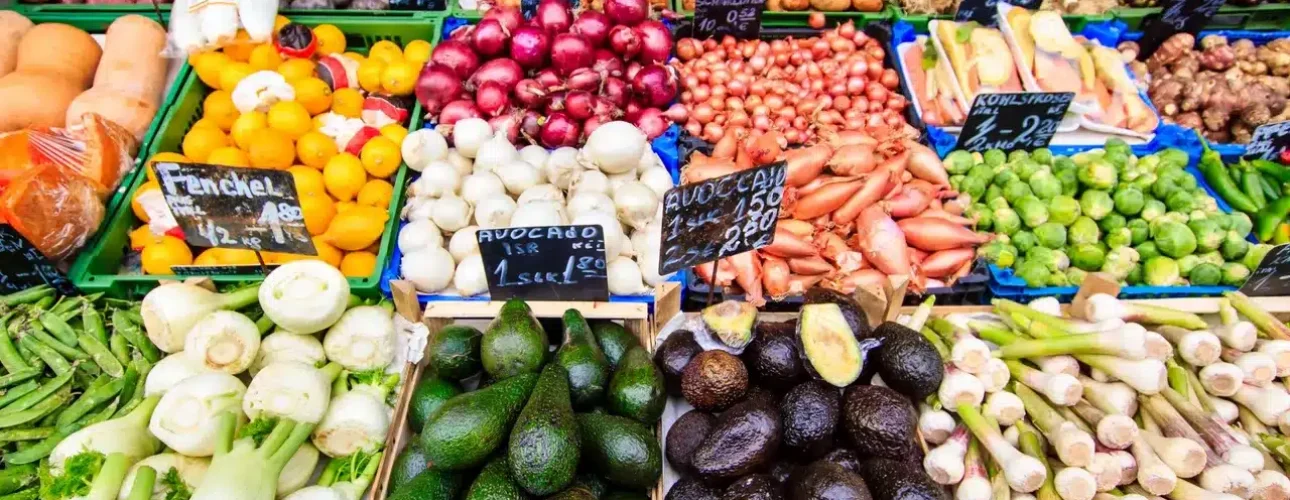Although varicose veins can form due factors such as age, hormones, family history, or a sedentary lifestyle, the foods you eat can affect your symptoms related to varicose veins. Certain foods with the right nutrients can reduce the irritating and painful symptoms associated with the condition.
At Vascular Care Specialists of Los Angeles, Dr. Mathew Cheung and Dr. Peter Lin discuss 11 types of foods which can improve your vascular health and reduce varicose vein symptoms. Many of these foods contain high level of vitamin, antioxidants, and mineral-rich nutrients. In this article, you can better understand these foods as they can boot your cardiovascular system and reduce the discomfort symptoms of varicose veins.
1. Avocados
Avocados are best known for their monounsaturated fat content, containing vitamins C and E, vitamin B6, fiber, potassium, omega-3s, and more. The calorie count may be high, but the benefits greatly outweigh any disadvantages. Nearly everything in an avocado can improve cardiovascular health. To eat, simply cut it up into cubes and add to a salad. You can also mix it up with some lime juice and hot sauce to make guacamole.
2. Chia Seeds
Chia seeds might be tiny, but they really pack a nutritional punch. A one-ounce portion of chia seeds contains 11 grams of fiber and 5 grams of omega-3 fatty acids. Both fiber and omega-3’s can help improve vein health. You can add chia seeds to your diet by tossing a handful on a salad or mixing a few tablespoons into a bowl of granola or cereal in the morning.
3. Berries
Berry are great sources of antioxidants which can help to reduce inflammation and can help to strengthen your veins. Berries, particularly blueberries, contain high level of antioxidants such as vitamin C and vitamin E. You can add berries to your diet by eating a handful or by blending them up into a smoothie.
4. Leafy Greens
Leafy green vegetables, such as kale and collard greens, are excellent sources of magnesium, a mineral that plays a role when it comes to managing blood circulation and blood flow. Other leafy greens, such as dandelions, are natural diuretics, meaning they can help reduce swelling in the legs.
5. Asparagus
Asparagus is also a diuretic and can help to improve swelling. Asparagus contains high level of vitamin and mineral-based nutrients. It is filled with vitamins A, C, E, and K, fiber, vitamin B3, and phosphorus, all of which benefit the heart and veins. The easiest way to enjoy asparagus is to trim off the woody ends, then steam it until just tender. Season with a bit of olive oil and salt and pepper.
6. Rutin-Filled Fruits
A flavonoid is a metabolic ingredient that helps the body fight off free radicals, molecules that cause cells to deteriorate. And a special flavonoid called rutin is fantastic for strengthening veins and arteries, protecting blood cells, and lowering inflammation. Some foods that contain rutin include apples, cherries, blueberries, buckwheat, black olives, and raspberries.
7. Ginger
Whether you call it a vegetable, an herb, or a spice, ginger has been used for its medicinal properties for centuries all over the world. And for good reason! Ginger is anti-inflammatory (which helps reduce the pressure on veins) and is full of antioxidants that protect cells and lower blood pressure. Ginger is delicious and easily added to soups, as a side to sushi, and even eaten on its own.
8. Watercress
Hippocrates, the famous physician that lived in ancient Greece called watercress “the cure of cures.” He was indeed wise beyond his era! Watercress is a little-known superfood that happens to be great for vein health. It’s full of vitamins and minerals, including potassium and magnesium. Watercress is capable of preventing the build-up of dangerous plaque that can accumulate in arteries and veins. Watercress is easily added to just about any type of salad and can even be added to soups and stews without much wilting. You can mix it in with other salad greens or enjoy its peppery taste on its own.
9. Bananas
Bananas can help improve leg vein disease because they are high in potassium and magnesium. If you don’t like the taste of bananas on their own, try adding one to a smoothie.
10. Fish
Certain types of fish, such as salmon, sardines and anchovies, are high in omega-3’s, which can help improve blood flow and circulation and reduce the symptoms of vein disease.
11. Drink more water
While water might not be a “food”, there is little that can improve the condition of varicose veins like the proper daily intake of water. Every person should drink about half a gallon of water every single day (about 2.5–3.5 liters). This may sound like a lot, but you might be surprised at how easy it is if you keep a water bottle or pitcher nearby.
Schedule an appointment today
At Vascular Care Specialists of Los Angeles, we strive to provide the best service, care, and results possible. If you are interested in varicose vein treatment, give us a call at 626-275-9566 to schedule an appointment. You can also visit us at www.vcsla.com for more information.
